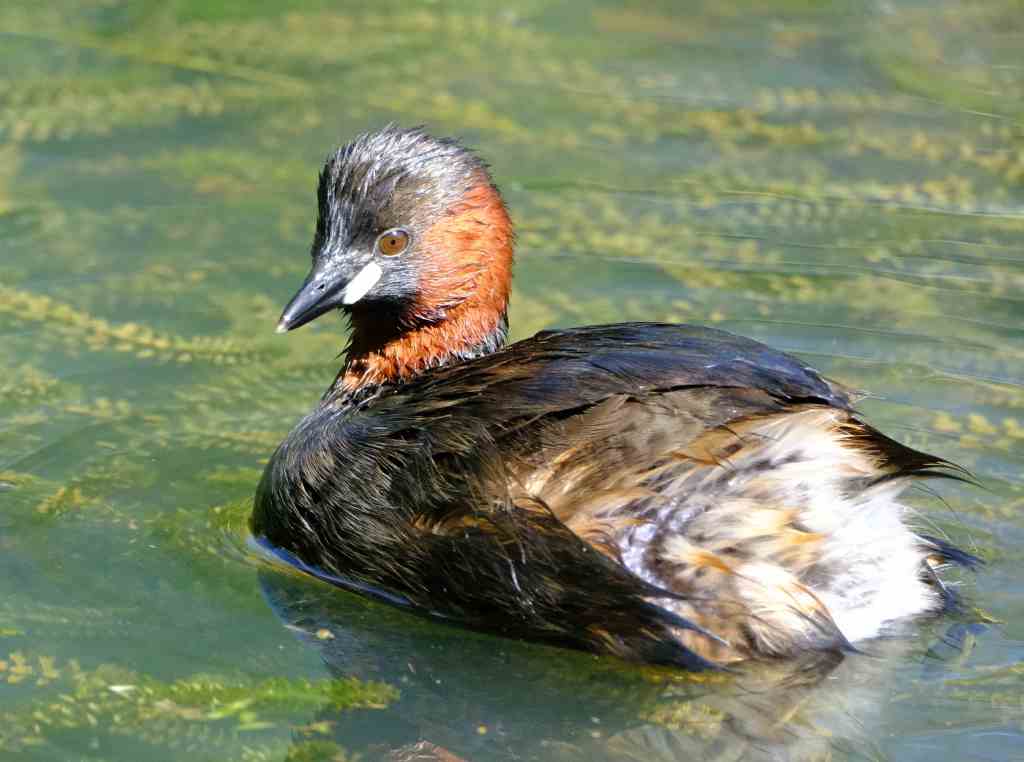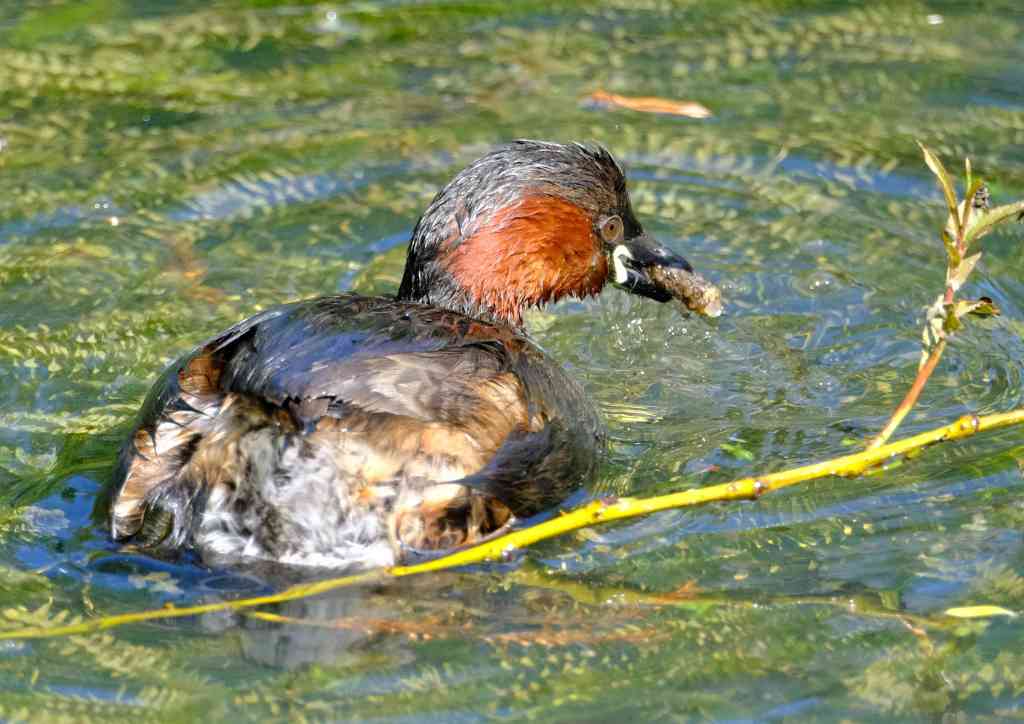#Wordless Wednesday
Month: June 2024
Around the airport.
Views around Southampton Airport. Under the flight path.





Mother Duck.
A Mallard with her family.


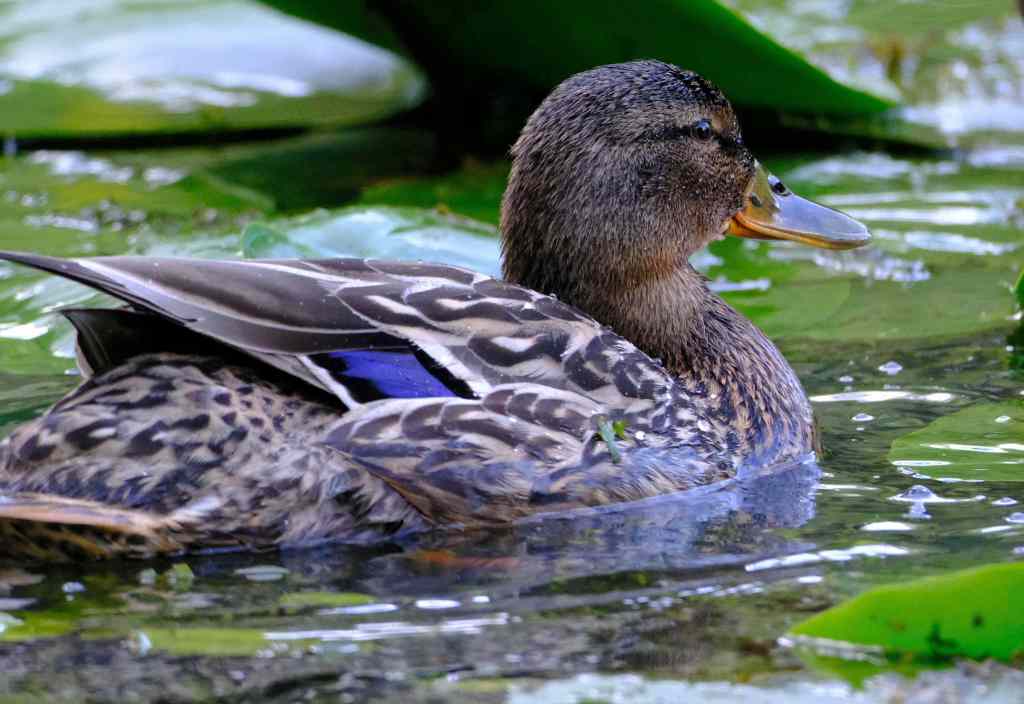




Dragons in the sky.
Yesterday we spent time at Titchfield Haven around one of the small ponds looking for Damselflies and Dragonflies.
With a warm morning, there were many to see.
Four-spotted chaser dragonflies out in large numbers.


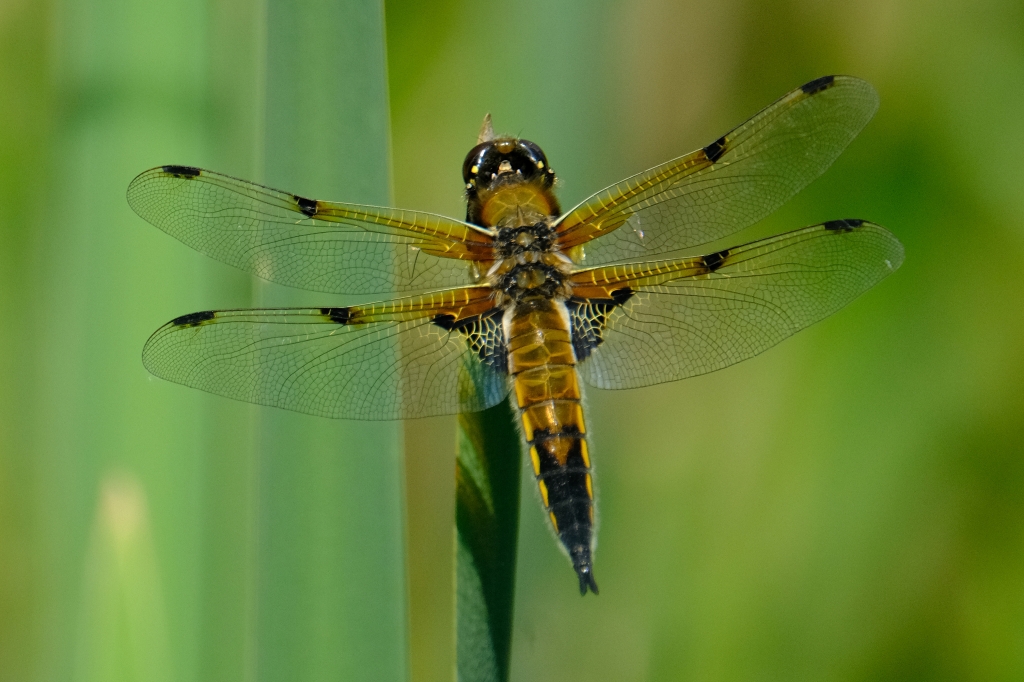
Female blue form Emperor dragonfly “tail dipping” – egg laying.

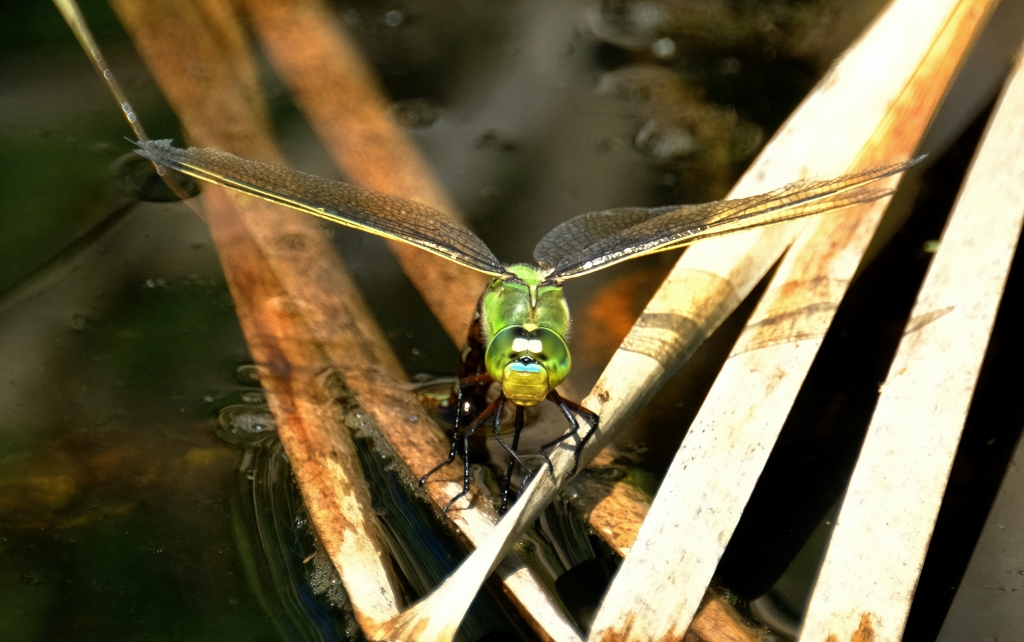

Azure damselfly mating.
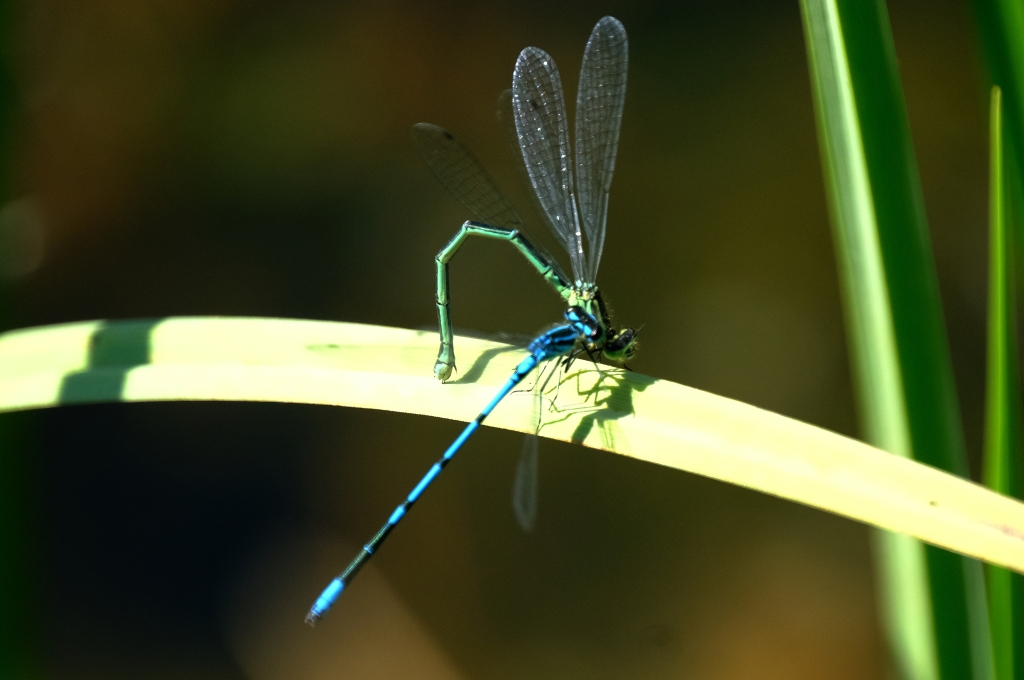

Black & White in Colour.
The sun was out yesterday and so were the butterflies although not in large numbers at Seafields Park a small park behind the beach at Salturns beach near Lee on Solent. Unlikely to be mistaken for any other species this easily recognised butterfly the Marbled White is a distinctive and attractive black and white butterfly, found in unmanaged and unimproved grassland. It shows a marked preference for purple flowers such as Wild Marjoram, Field Scabious, thistles, and knapweed.





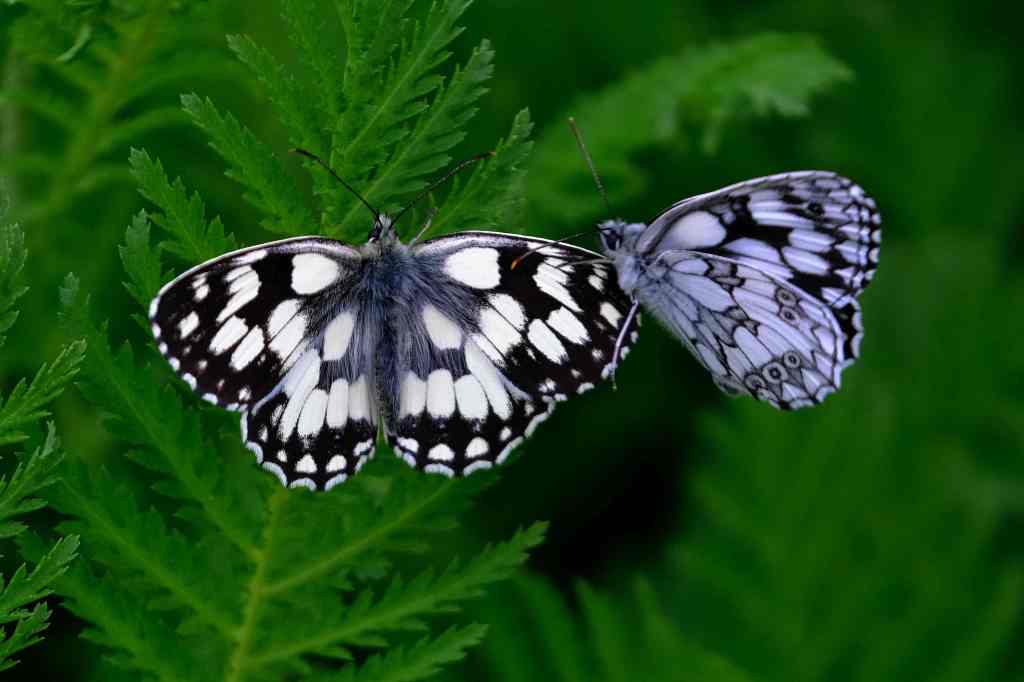
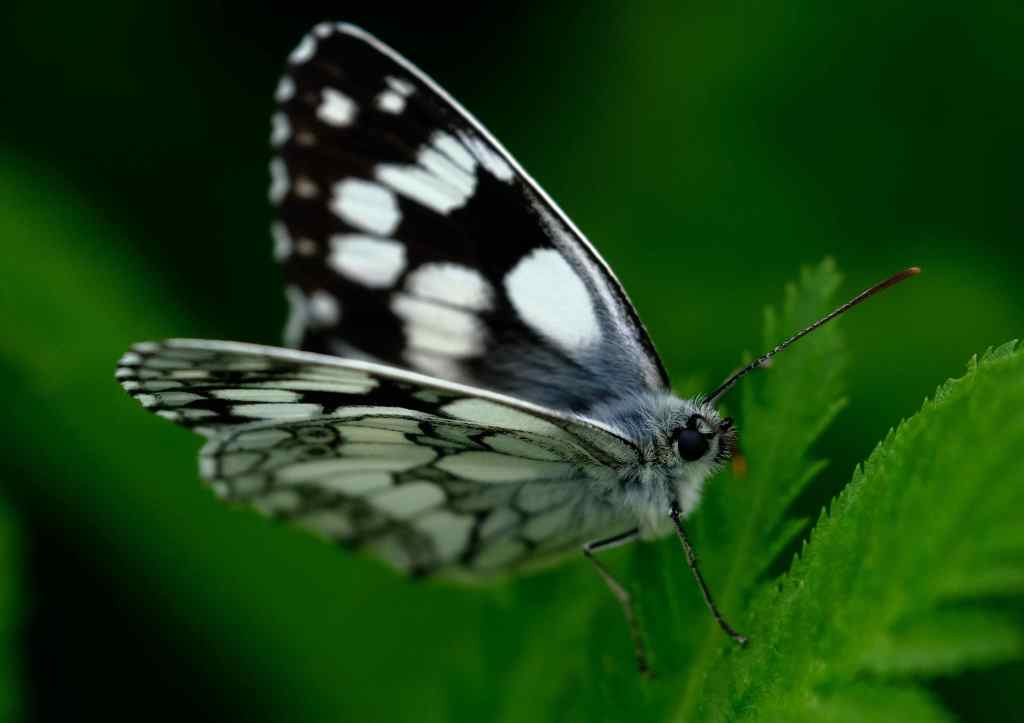
Living History.
Lyndhurst is the largest village in the New Forest Hampshire, it became the natural ‘capital’ of the area when William the Conqueror established his hunting grounds in the forest. Lyndhurst was the haunt of royalty and nobility. Kings and Queens regularly visited Lyndhurst’s own manor house. Now known as Queens House, this former manor is still home to Verderers’ Hall, the meeting place of the ancient Verderers’ Court whose history stretches back to at least the 13th century.
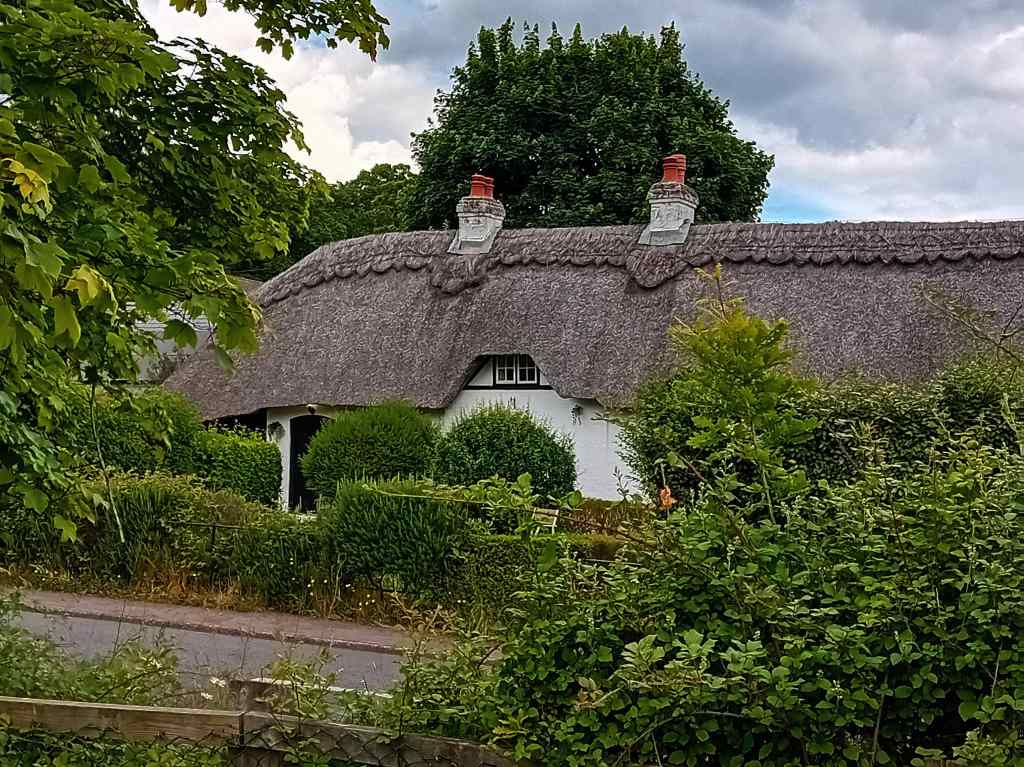

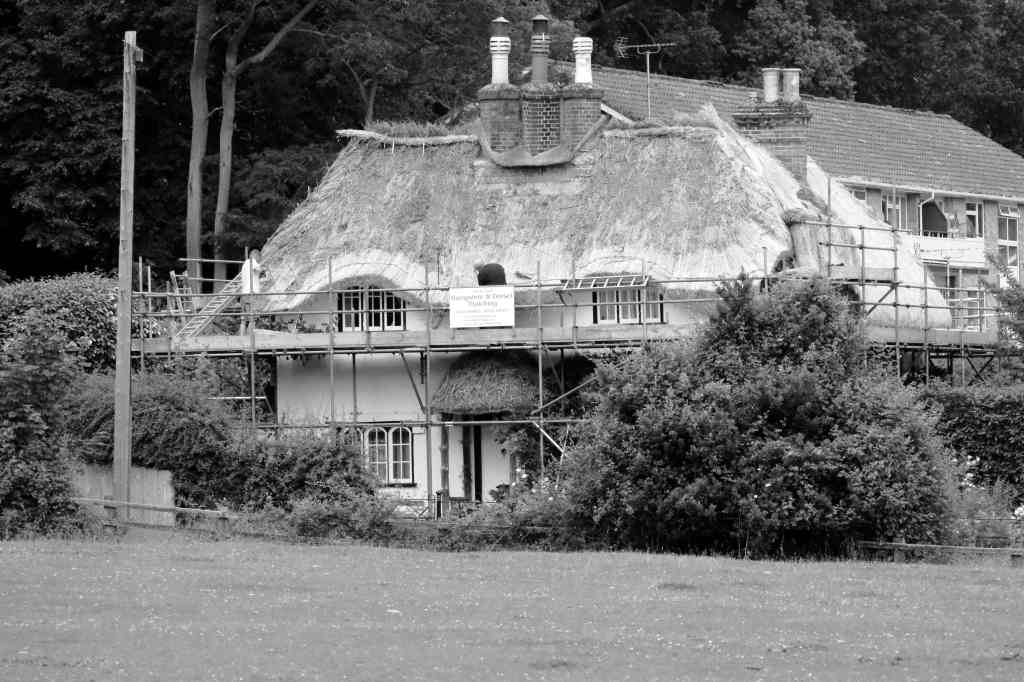



Colour is out.







Moorhen Chick
Moorhen chick – look at my feet!



Family.
A first for me Little Grebe chicks. Returning to where we had seen a Little Grebe last week it was a real surprise to see a family with 3 chicks. We had not noticed a nest deep in the lily pads. There is one egg still in the nest given the chicks are around 2 or 3 days old it is unlikely that the last egg is fertile.
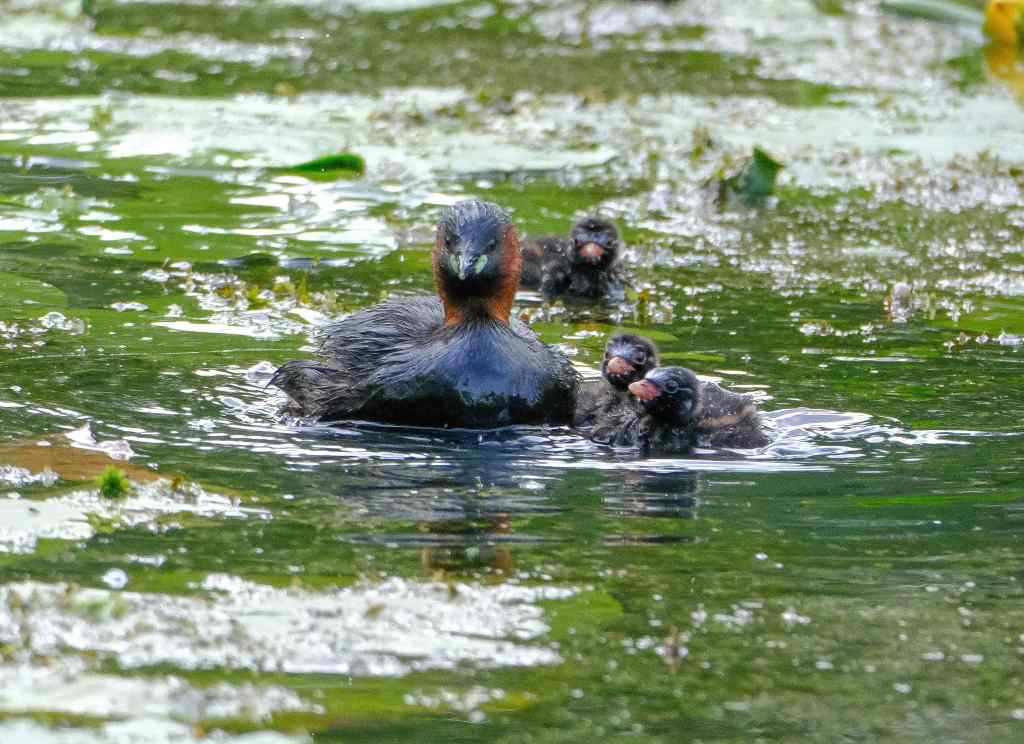
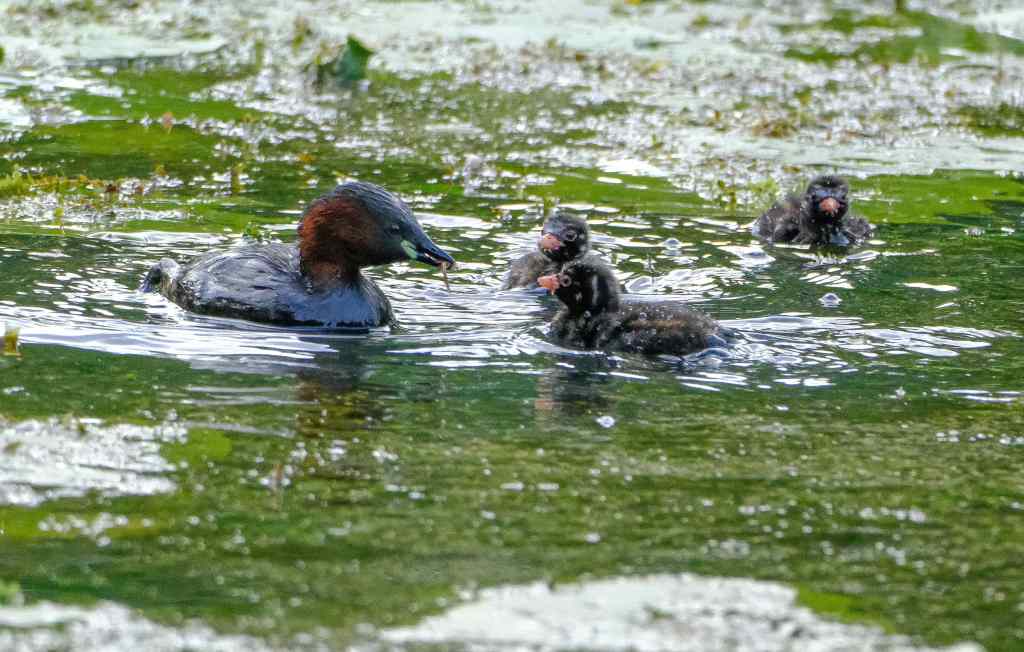



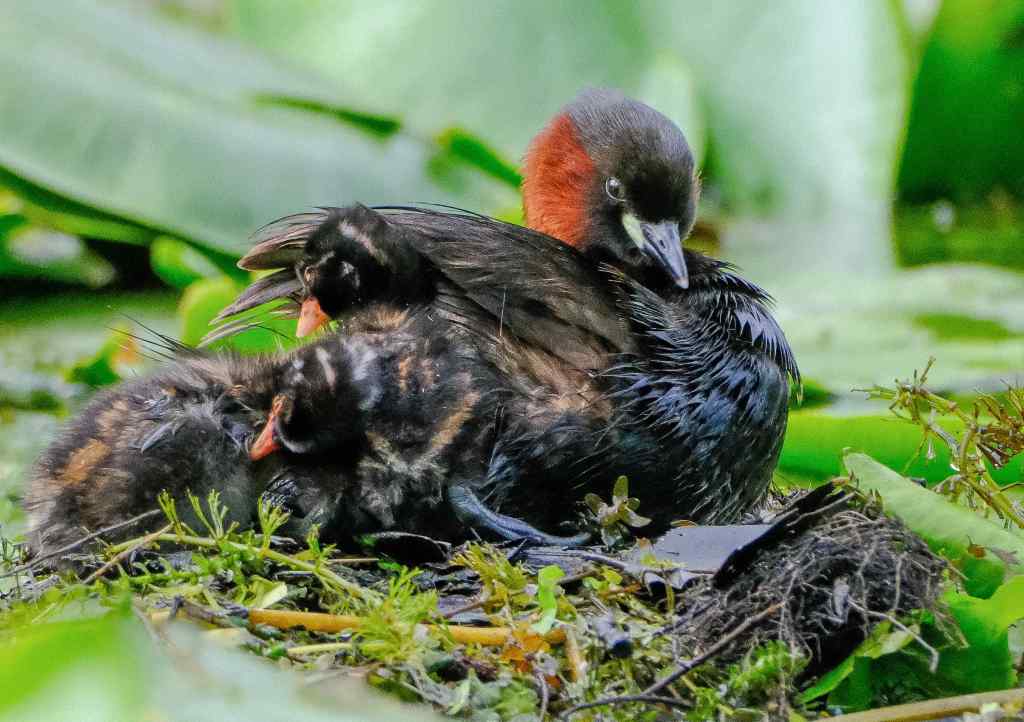
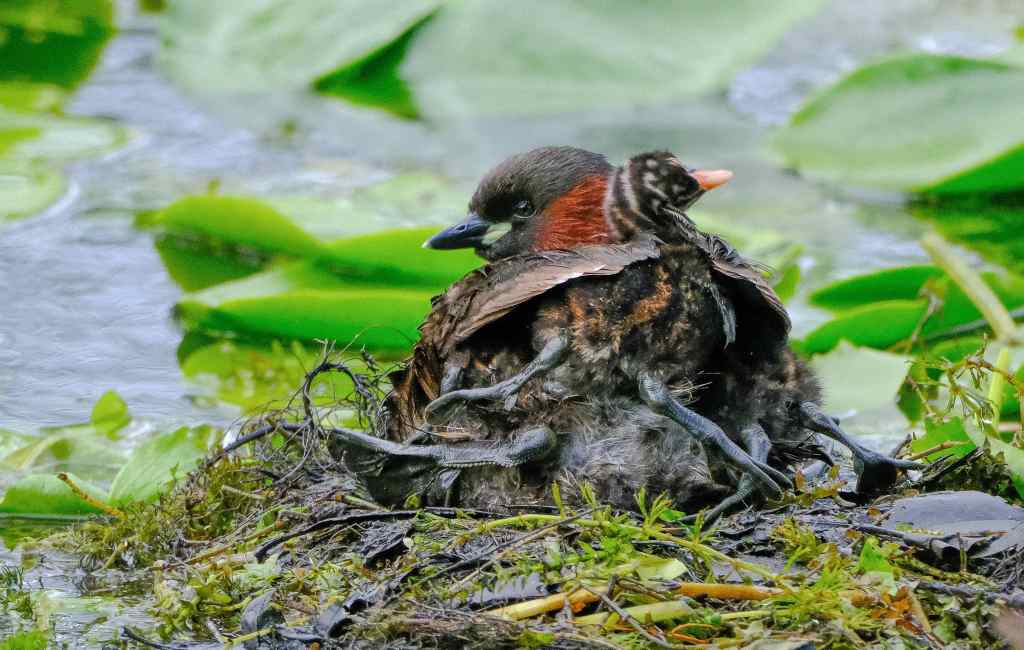


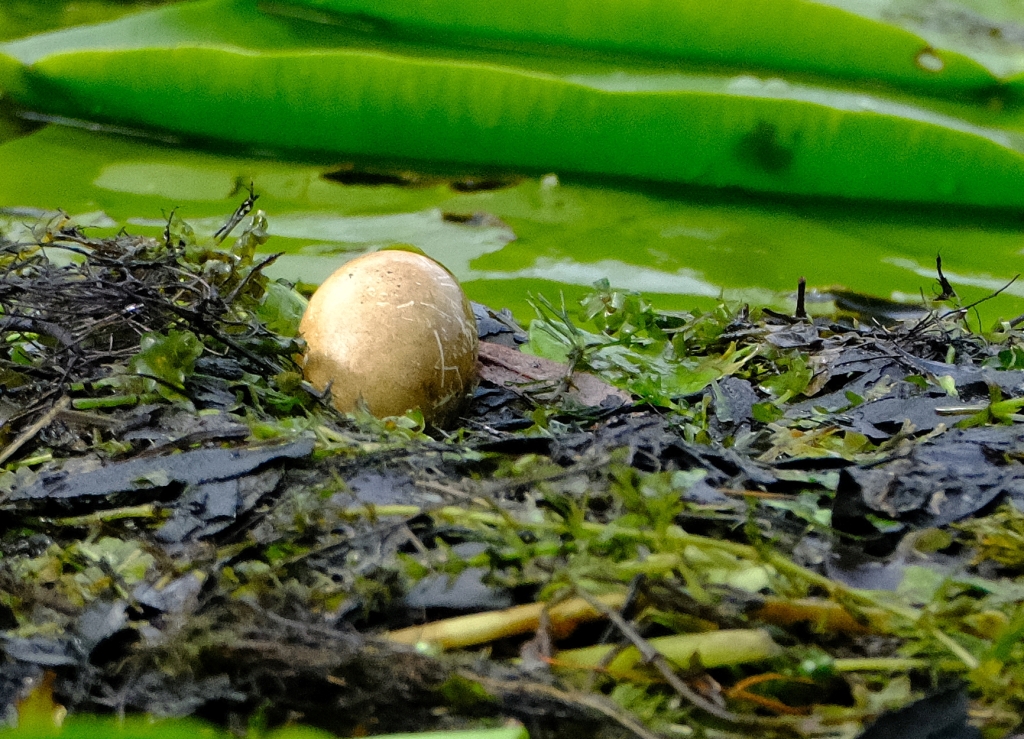
Dabchick.
The Little Grebe is also known as a ‘Dabchick’.Although they are recorded as common, Little Grebes are elusive. They will often stay hidden amongst vegetation on the edges of lakes, and ponds. They are the UK’s smallest Grebe they’re only around 100g in weight and just over 25cm long. These little water birds are great underwater swimmers and can be spotted diving under the water in search of food.


